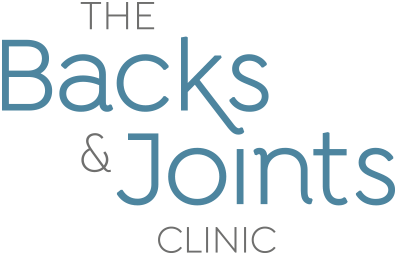Sacroiliac Dysfunction
As the name suggests, Sacroiliac Dysfunction is a problem that affects the sacro-iliac joints. The joints connect the large triangular bone (the sacrum) at the base of the spine, attached to the coccyx (tailbone), and the large pelvic bones on both sides of our buttocks known as the ilium.
The reason it causes so many problems is used for weight bearing activities - walking, standing and sitting. Many of the key muscles in the lower body and legs are connected to this area.
Hypermobility can occur (especially during pregnancy) when the joint moves too much, and, more commonly, hypomobility occurs when there is insufficient movement - people with sedentary jobs, or spending a lot of time sitting. Both of these can aggravate the sacroiliac joint, making it painful and uncomfortable.
It usually starts gradually, with no clear cause, and can take some time to settle down.
Sacroiliac (SI) Dysfunction can be hard to diagnose as the symptoms tend to mimic other lower back problems such as sciatica and disc injuries. It is usually identified through medical history and physical examination, and does not need X-rays or MRI scans.
Symptoms tend to be a dull ache in the buttocks and lower back - it is usually on one side, but can be both. The pain can spread to the hip, groin or side of the thigh, but rarely reaches below the knee. It can present as anything from a deep ache to a sharp, stabbing pain. Often sufferers have difficulty bending from the waist, getting up from sitting down and walking, particularly going up stairs.
Once we have identified that SI Dysfunction is the problem we can treat it quite well without the need for invasive treatment or surgical intervention. Typically it responds well to manipulation, massage and stretching, supported with exercises at home. The treatment and exercise varies dependent on whether there is hyper or hypo mobility in the joints.
We will start by assessing you and making an accurate diagnosis, and then tailor your treatment plan to your specific needs.
Here are some exercises we recommend for this condition, but please do not try these before consulting us on the best approach for you - Pelvis and Sacroiliac Exercises.

